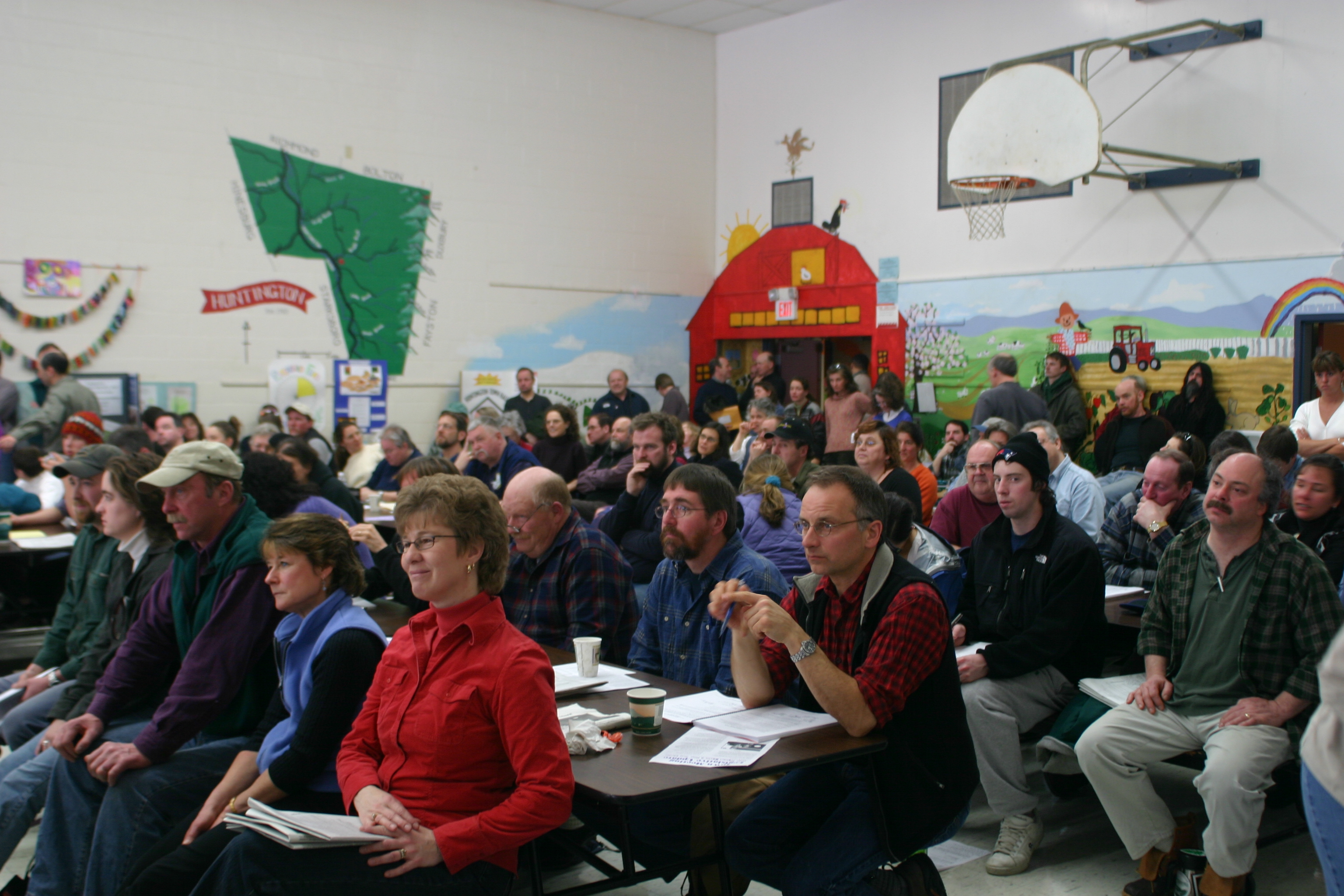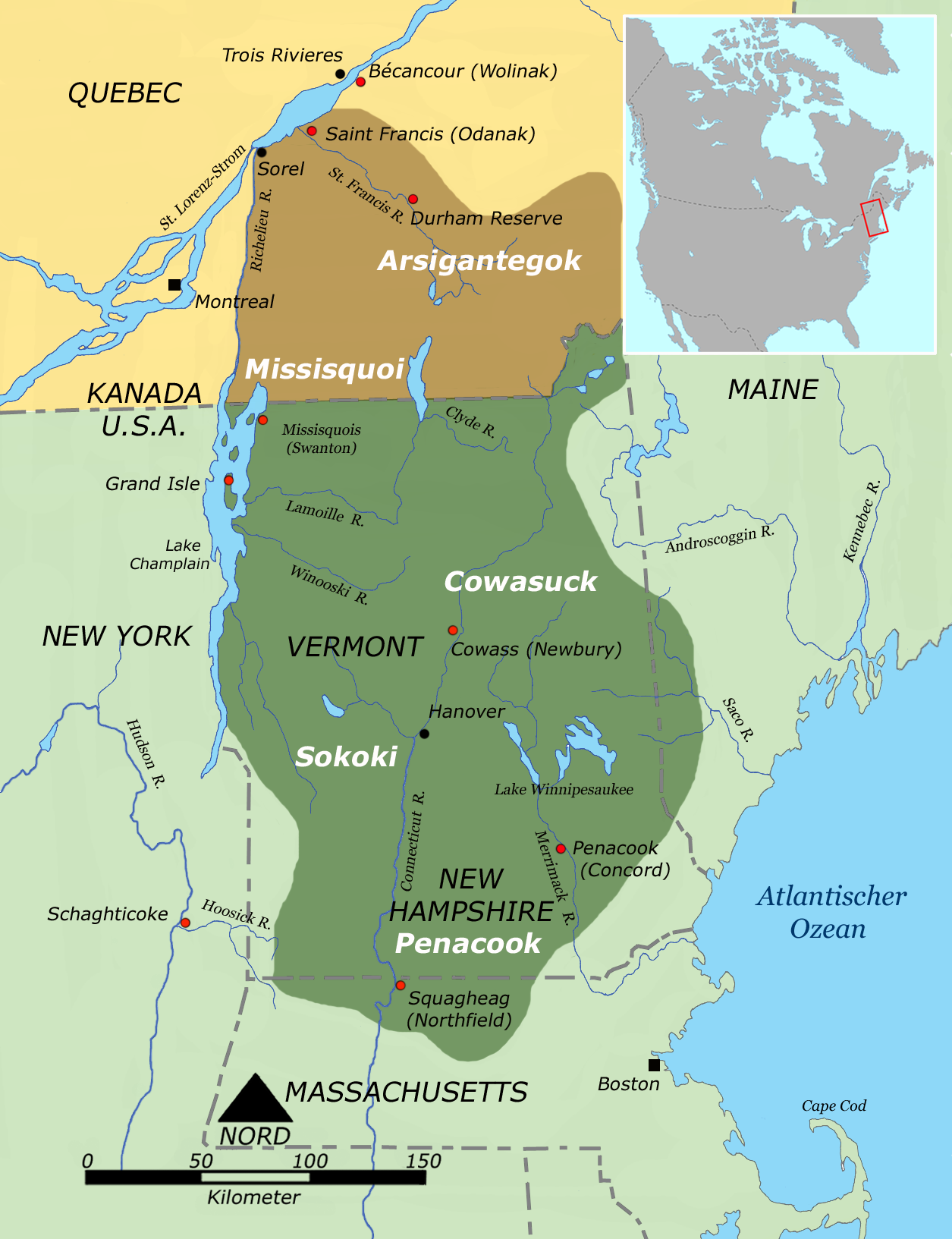|
Waterville, Maine
Waterville is a city in Kennebec County, Maine, United States, on the west bank of the Kennebec River. A college town, the city is home to Colby College, a New England Small College Athletic Conference, NESCAC college, and Thomas College. As of the 2020 United States census, 2020 census the population was 15,828. Along with Augusta, Maine, Augusta, Waterville is one of the principal cities of the Augusta-Waterville, ME Micropolitan Statistical Area. History The area now known as Waterville was once inhabited by the Canibas tribe of the Abenaki people. Called "Taconnet" after Chief Taconnet, the main village was located on the east bank of the Kennebec River at its confluence with the Sebasticook River at what is now Winslow, Maine, Winslow. Known as "Ticonic" by British colonization of the Americas, English settlers, it was burned in 1692 during King William's War, after which the Canibas tribe abandoned the area. Fort Halifax (Maine), Fort Halifax was built by General John Wi ... [...More Info...] [...Related Items...] OR: [Wikipedia] [Google] [Baidu] |
City
A city is a human settlement of a substantial size. The term "city" has different meanings around the world and in some places the settlement can be very small. Even where the term is limited to larger settlements, there is no universally agreed definition of the lower boundary for their size. In a narrower sense, a city can be defined as a permanent and Urban density, densely populated place with administratively defined boundaries whose members work primarily on non-agricultural tasks. Cities generally have extensive systems for housing, transportation, sanitation, Public utilities, utilities, land use, Manufacturing, production of goods, and communication. Their density facilitates interaction between people, government organisations, government organizations, and businesses, sometimes benefiting different parties in the process, such as improving the efficiency of goods and service distribution. Historically, city dwellers have been a small proportion of humanity overall, bu ... [...More Info...] [...Related Items...] OR: [Wikipedia] [Google] [Baidu] |
Thomas College
Thomas College is a private college in Waterville, Maine, United States. It offers undergraduate and graduate degrees and is accredited by the New England Commission of Higher Education. As of fall 2019 Thomas College enrolled 1,949 students; 1,819 were undergraduate students and 130 were graduate students. History Keist Business College was established in 1894 when it was founded as a nonsectarian, co-educational college dedicated to career training. It was located on three floors above the F. W. Woolworth Company in the Edith Building on Main Street in Waterville. At the turn of the century, Keist Business College was purchased by William Morgan. It was renamed Morgan Business College in 1896. In 1911, a Peterborough, New Hampshire railroad administrator, John L. Thomas Sr., who himself was a business college graduate, purchased the college and renamed it Morgan-Thomas Business College. For half a century the college trained accountants and secretaries. In 1950, the college ... [...More Info...] [...Related Items...] OR: [Wikipedia] [Google] [Baidu] |
Fishing
Fishing is the activity of trying to catch fish. Fish are often caught as wildlife from the natural environment (Freshwater ecosystem, freshwater or Marine ecosystem, marine), but may also be caught from Fish stocking, stocked Body of water, bodies of water such as Fish pond, ponds, canals, park wetlands and reservoirs. Fishing techniques include trawling, Longline fishing, longlining, jigging, Fishing techniques#Hand-gathering, hand-gathering, Spearfishing, spearing, Fishing net, netting, angling, Bowfishing, shooting and Fish trap, trapping, as well as Destructive fishing practices, more destructive and often Illegal, unreported and unregulated fishing, illegal techniques such as Electrofishing, electrocution, Blast fishing, blasting and Cyanide fishing, poisoning. The term fishing broadly includes catching aquatic animals other than fish, such as crustaceans (shrimp/lobsters/crabs), shellfish, cephalopods (octopus/squid) and echinoderms (starfish/sea urchins). The term is n ... [...More Info...] [...Related Items...] OR: [Wikipedia] [Google] [Baidu] |
Town Meeting
Town meeting, also known as an "open town meeting", is a form of local government in which eligible town residents can directly participate in an assembly which determines the governance of their town. Unlike representative town meeting where only elected representatives can participate in the governing assembly, any town voter may participate in an open town meeting. This form is distinct from town hall meetings held by elected officials to communicate with their constituents, which have no decision-making power. At a town meeting, attendees determine the ordinances or rules of the town, its boards and commissions, elected and appointed positions, capital investments, expenditures, budgets, and local taxation, as well as the manner and frequency of future town meetings. Because towns self-govern and maintain their autonomy, town meetings vary from state to state, as well as from town to town. Since town residents directly participate in their own governance and represent th ... [...More Info...] [...Related Items...] OR: [Wikipedia] [Google] [Baidu] |
Fort Halifax (Maine)
Fort Halifax is a former British colonial outpost on the banks of the Sebasticook River, just above its mouth at the Kennebec River, in Winslow, Maine. Originally built as a wooden palisaded fort in 1754, during the French and Indian War, only a single blockhouse survives. The oldest blockhouse in the United States, it is preserved as Fort Halifax State Historic Site, and is open to the public in the warmer months. The fort guarded Wabanaki canoe routes that reached to the St. Lawrence and Penobscot Valleys via the Chaudière-Kennebec and Sebasticook-Souadabscook rivers. The blockhouse was declared a National Historic Landmark and added to the National Register of Historic Places in 1968. French and Indian War Fort Halifax was a fort on the north bank of the Sebasticook River. (It had previously been the location of the native Fort Taconnet or Taconock, which natives burned upon the approach of Major Benjamin Church during King William's War in the late 17th century. ) Its ... [...More Info...] [...Related Items...] OR: [Wikipedia] [Google] [Baidu] |
King William's War
King William's War (also known as the Second Indian War, Father Baudoin's War, Castin's War, or the First Intercolonial War in French) was the North American theater of the Nine Years' War (1688–1697), also known as the War of the Grand Alliance or the War of the League of Augsburg. It was the first of six colonial wars (see the four French and Indian Wars, Father Rale's War and Father Le Loutre's War) fought between New France and New England along with their respective Native allies before France ceded its remaining mainland territories in North America east of the Mississippi River in 1763. For King William's War, neither England nor France thought of weakening its position in Europe to support the war effort in North America. New France and the Wabanaki Confederacy were able to thwart New England expansion into Acadia, whose border New France defined as the Kennebec River, now in southern Maine. According to the terms of the 1697 Peace of Ryswick, which ended the Nin ... [...More Info...] [...Related Items...] OR: [Wikipedia] [Google] [Baidu] |
British Colonization Of The Americas
The British colonization of the Americas is the history of establishment of control, settlement, and colonization of the continents of the Americas by Kingdom of England, England, Kingdom of Scotland, Scotland, and, after 1707, Kingdom of Great Britain, Great Britain. Colonization efforts began in the late 16th century with failed attempts by England to establish permanent colonies in the North. The first permanent English overseas possessions, English colony in the Americas was established in Jamestown, Virginia, in 1607. Colonies were established in North America, Central America, South America, and the Caribbean. Though most British colonies in the Americas eventually gained independence, some colonies have remained under Britain's jurisdiction as British Overseas Territories. The first documented settlement of Europeans in the Americas was established by Norsemen, Norse people around 1000 AD in what is now Newfoundland, called Vinland by the Norse. Later European explo ... [...More Info...] [...Related Items...] OR: [Wikipedia] [Google] [Baidu] |
Winslow, Maine
Winslow is a town and census-designated place in Kennebec County, Maine, United States, along the Kennebec River across from Waterville. The population was 7,948 at the 2020 census. History Winslow was originally an Indian settlement named Taconock. During King William's War, Major Benjamin Church led his third expedition east from Boston in 1692. During this expedition he and 450 troops raided the native villages at both Penobscot ( Castine, Maine) and present-day Winslow. Winslow was then settled by colonists from Plymouth Colony. The area was covered by the land patent given by the English Crown to Pilgrim governor William Bradford and his associates. The earliest settlers had such Old Colony and Pilgrim names as Winslow, Bradford, Warren, and Otis. Descendants of those early settlers can still be found in the town. In 1754, Fort Halifax was built by order of the Massachusetts General Court on the peninsula at the confluence of the Sebasticook and Kennebec rivers. ... [...More Info...] [...Related Items...] OR: [Wikipedia] [Google] [Baidu] |
Sebasticook River
The Sebasticook River is a U.S. Geological Survey. National Hydrography Dataset high-resolution flowline dataThe National Map accessed June 30, 2011 river in the central part of Maine, in the United States. From its source () in Dexter, the upper "Main Stream" section flows generally west and south to Great Moose Lake. From the outlet of the lake in Hartland, the Sebasticook flows south to the Kennebec River in Winslow. According to the Sebasticook Regional Land Trust: The Sebasticook River is the largest tributary (985 square miles) to the Kennebec and thus plays an important role in the restoration of both the anadromous and resident aquatic fisheries of the Kennebec basin and the Gulf of Maine ecosystem. Due to its relatively close proximity to the lower Kennebec, large drainage area, and low gradient, this watershed historically contributed a major percentage of available spawning and nursery habitat for anadromous runs of alewife, blueback herring, American shad, ... [...More Info...] [...Related Items...] OR: [Wikipedia] [Google] [Baidu] |
Abenaki
The Abenaki ( Abenaki: ''Wαpánahki'') are Indigenous people of the Northeastern Woodlands of Canada and the United States. They are an Algonquian-speaking people and part of the Wabanaki Confederacy. The Eastern Abenaki language was predominantly spoken in Maine, while the Western Abenaki language was spoken in Quebec, Vermont, and New Hampshire. While Abenaki peoples have shared cultural traits, they did not historically have a centralized government. They came together as a post-contact community after their original tribes were decimated by colonization, disease, and warfare. Names The word ''Abenaki'' and its syncope, ''Abnaki,'' are both derived from ''Wabanaki'', or ''Wôbanakiak,'' meaning "People of the Dawn Land" in the Abenaki language. While the two terms are often confused, the Abenaki are one of several tribes in the Wabanaki Confederacy. Alternate spellings include: ''Abnaki'', ''Abinaki'', ''Alnôbak'', ''Abanakee'', ''Abanaki'', ''Abanaqui'', ''Abana ... [...More Info...] [...Related Items...] OR: [Wikipedia] [Google] [Baidu] |



